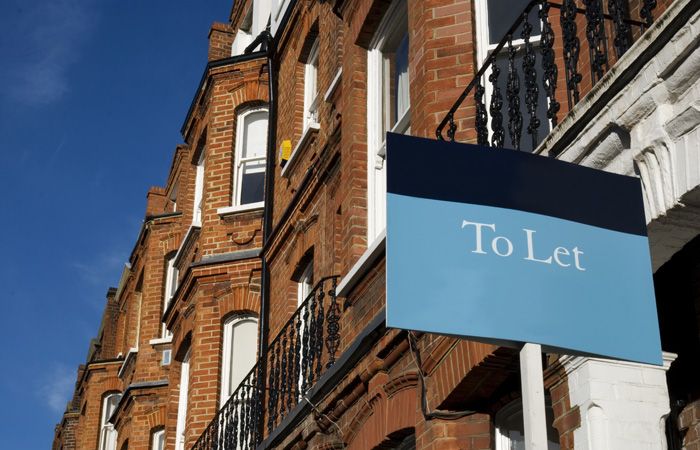
A record 47,400 UK buy-to-let firms were established last year, a 14% jump on 2020, according to data from Hamptons.
The estate agent says half of all new BTL mortgages were taken out by a company, meaning that firms now account for 29% of outstanding BTL mortgages.
It points out that last year’s incorporations are almost twice the number that were set up in 2017, when it was announced that investors with properties in their personal names would no longer be able to claim mortgage interest as an expense.
Since then individual landlords have been effectively taxed on turnover, while company landlords are taxed on profit. This has meant that for some landlords – particularly those who are higher rate taxpayers – it has become more profitable to move their BTLs into a company.
However, the rate of growth in new incorporations fell compared to previous years, with the 14% increase recorded between 2020 and 2021, down from a 30% increase between 2019 and 2020.
In 2021 the number of BTL firms rose to a new total of 269,300, with 61% of these companies set up since the withdrawal of mortgage interest relief which began in April 2017.
BTL firms hold a total of 583,000 mortgaged properties, accounting for around 29% of all existing BTL mortgages nationally. This figure has increased from 26% over the last 12 months.
The survey adds that companies set up in London and the South East account for the bulk, 45%, of new incorporations, while numbers fell year-on-year in the North East by 6%.
It says: “These two regions [London and the South East] have long led the incorporation charge given higher rents mean the tax advantages from incorporation are generally larger.”
The report adds that despite rental growth across the UK peaking over the summer months last year, an annual growth figure of 7.2% recorded in December 2021 means that rents were rising at around twice the rate posted in December 2020. This compares to a peak of 8.7% in July 2021 and 7.9% in November 2021.
For the sixth month running, rents grew faster in the South West, at 12.8%, than in any other region.
This growth means that average rents have now passed £1,000 per month in all four Southern regions of Great Britain – London before the estate agent’s records began in 2012, the South East since July 2016, East of England in December 2020 and the South West since December 2021.
Rental growth continued to strengthen in Greater London on the back of a recovery of inner London rates.
Inner London rents rose 8.6% over the last 12 months, the fastest rate since March 2016. This leaves the average rent in the heart of the capital just 2% below where it was on the eve of the pandemic in January 2020.
The survey says rental growth of 3.7% in outer London “has remained considerably more stable, returning to its pre-pandemic trajectory”.
Hamptons head of research Aneisha Beveridge says: “The way BTL investors hold property has changed, with the impact of the tax changes made five years ago still shaping landlord buying behaviour today.
“But despite record numbers of rental homes being held in companies, the growth in BTL businesses has come from smaller landlords rather than larger institutions who made up most BTL company owners pre-2016.
“Today, only 20% of BTL businesses hold more than three mortgaged properties, a similar profile to landlords who hold homes in their personal name.
Beveridge adds: “The number of new BTL incorporations in 2021 is probably close to its peak, with fewer likely to be set up in 2022. This is partly a product of last years’ stamp duty holiday which served to slow the fall in new investor numbers.
“Additionally, many investors who have wanted to make tax savings by transferring properties from a personal to a company name have had five years to do so.
“With average rents in all four Southern regions now surpassing £1,000 per month, the North-South divide in the rental market has never been wider.
“The recent recovery in London rents, coupled with strong ongoing growth across Southern England has seen the gap in rents between Northern and Southern England grow from 35% or £200 per month to 50% or £350 per month over the last decade.”



